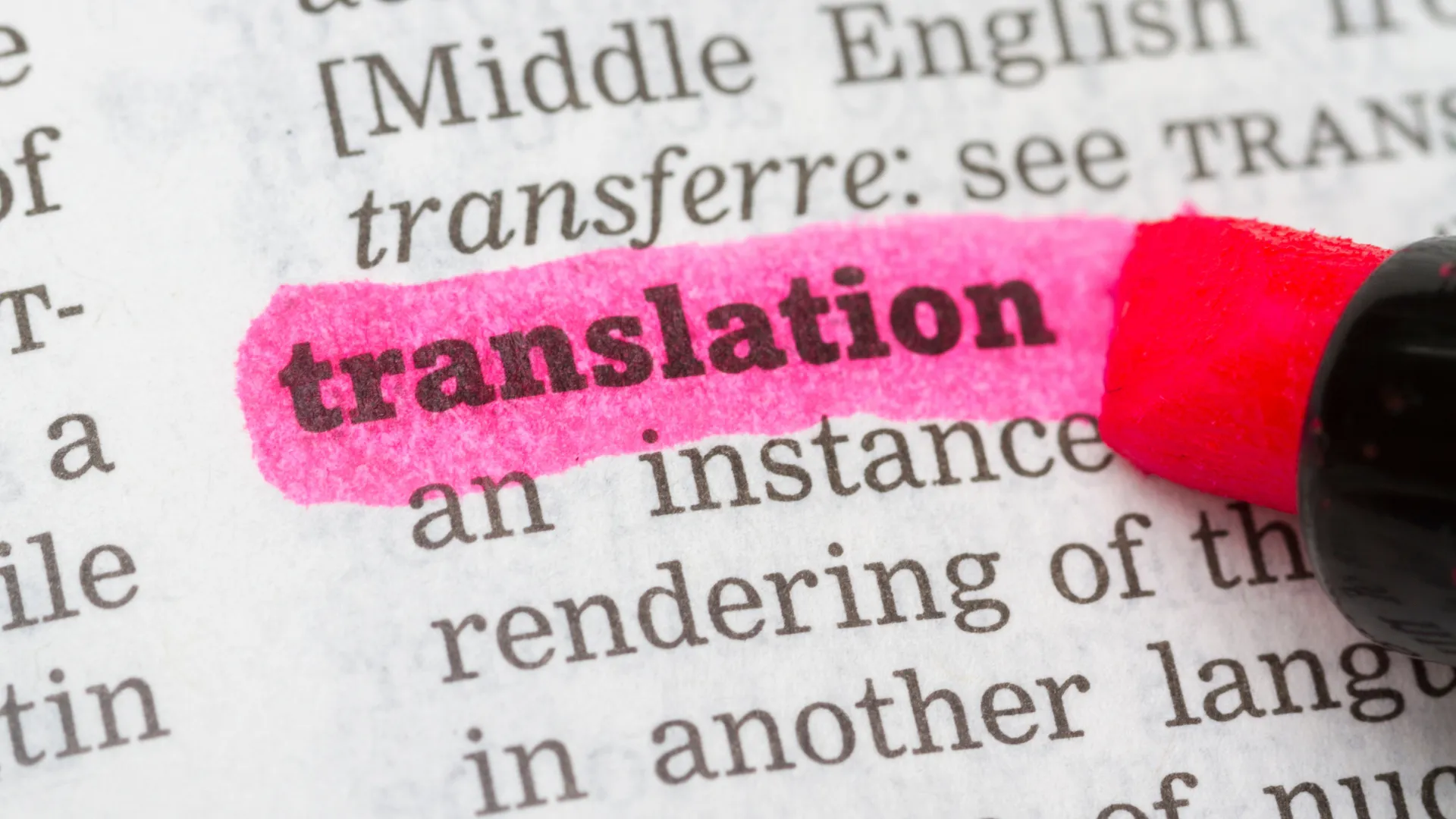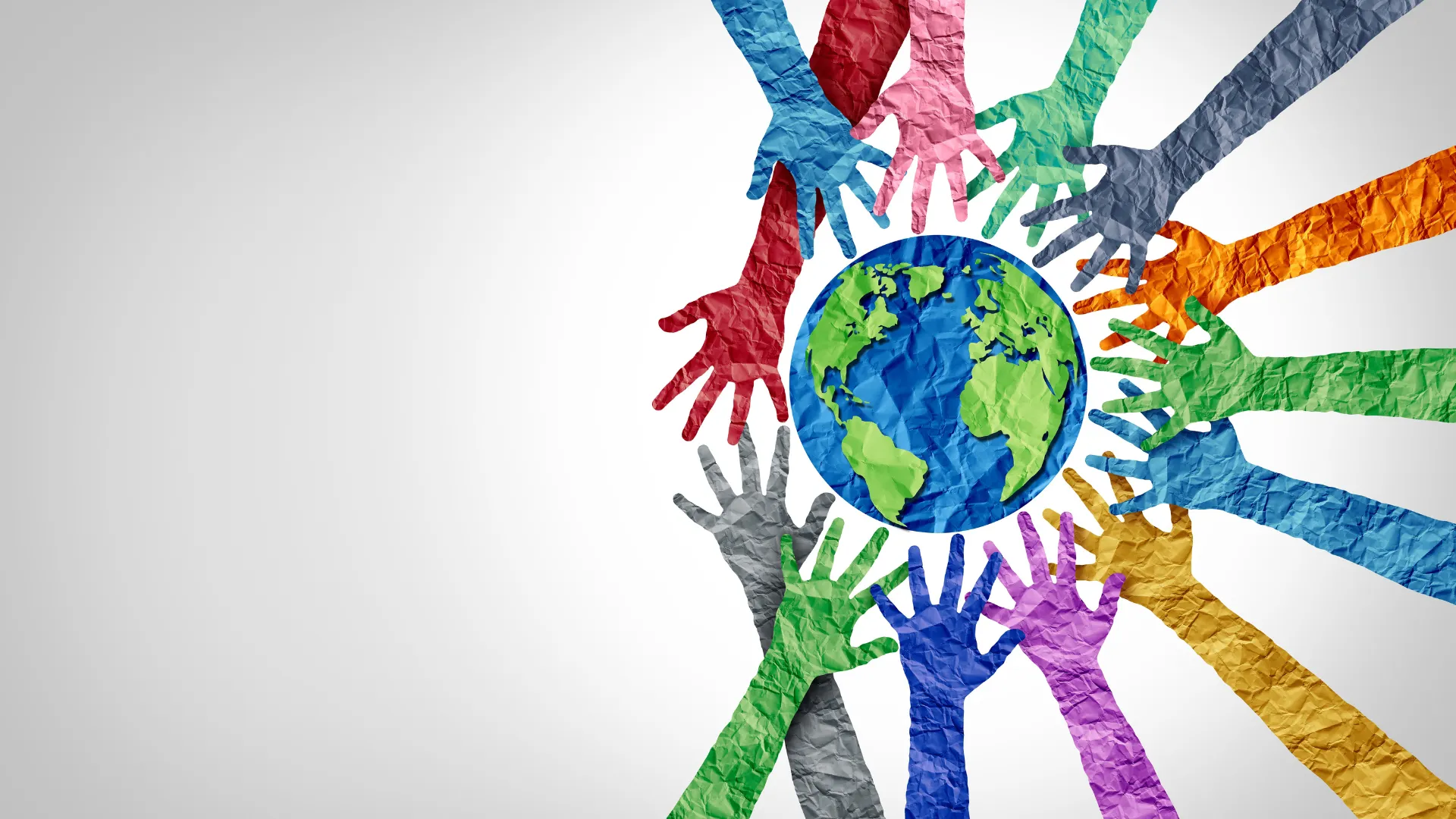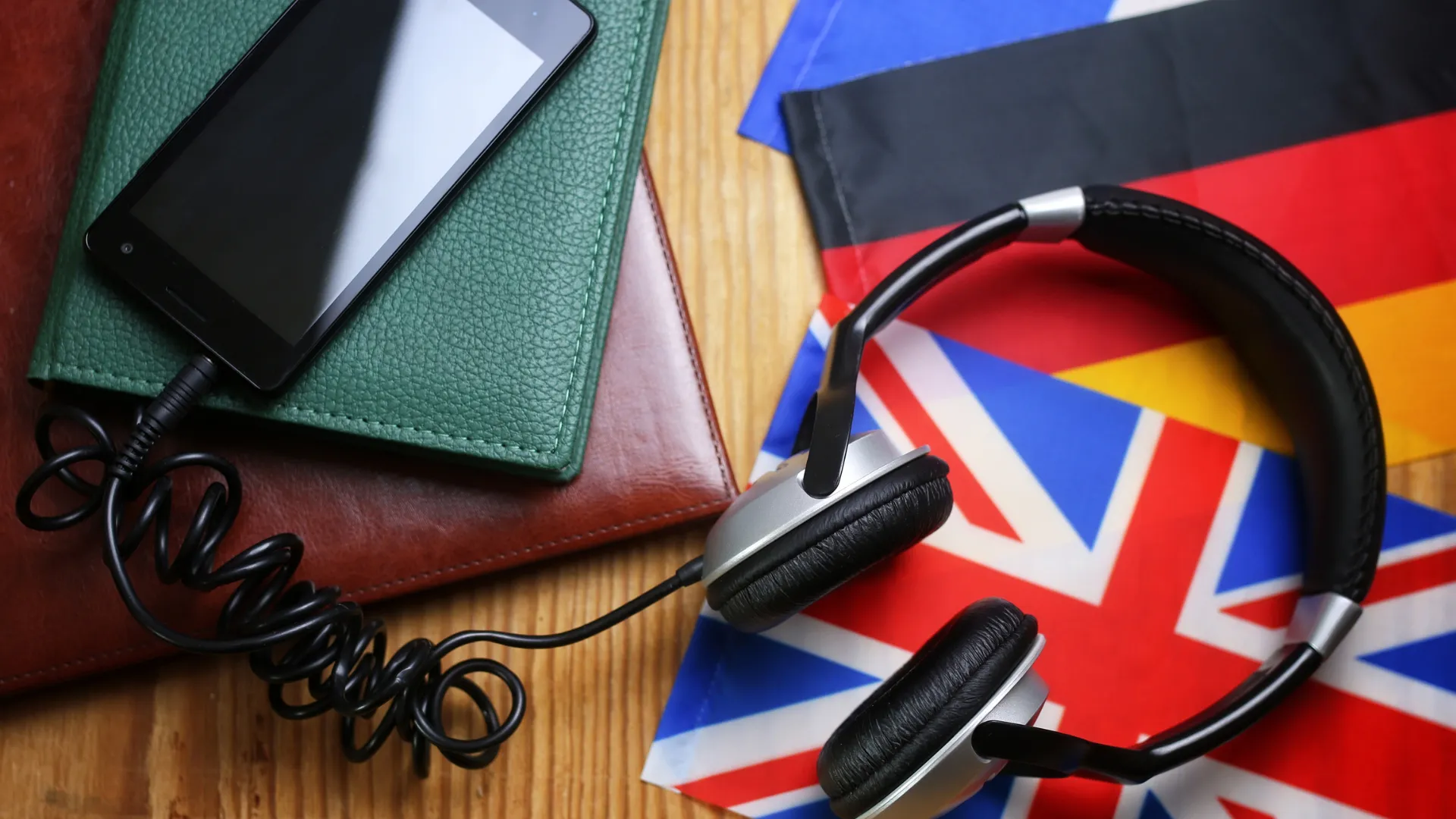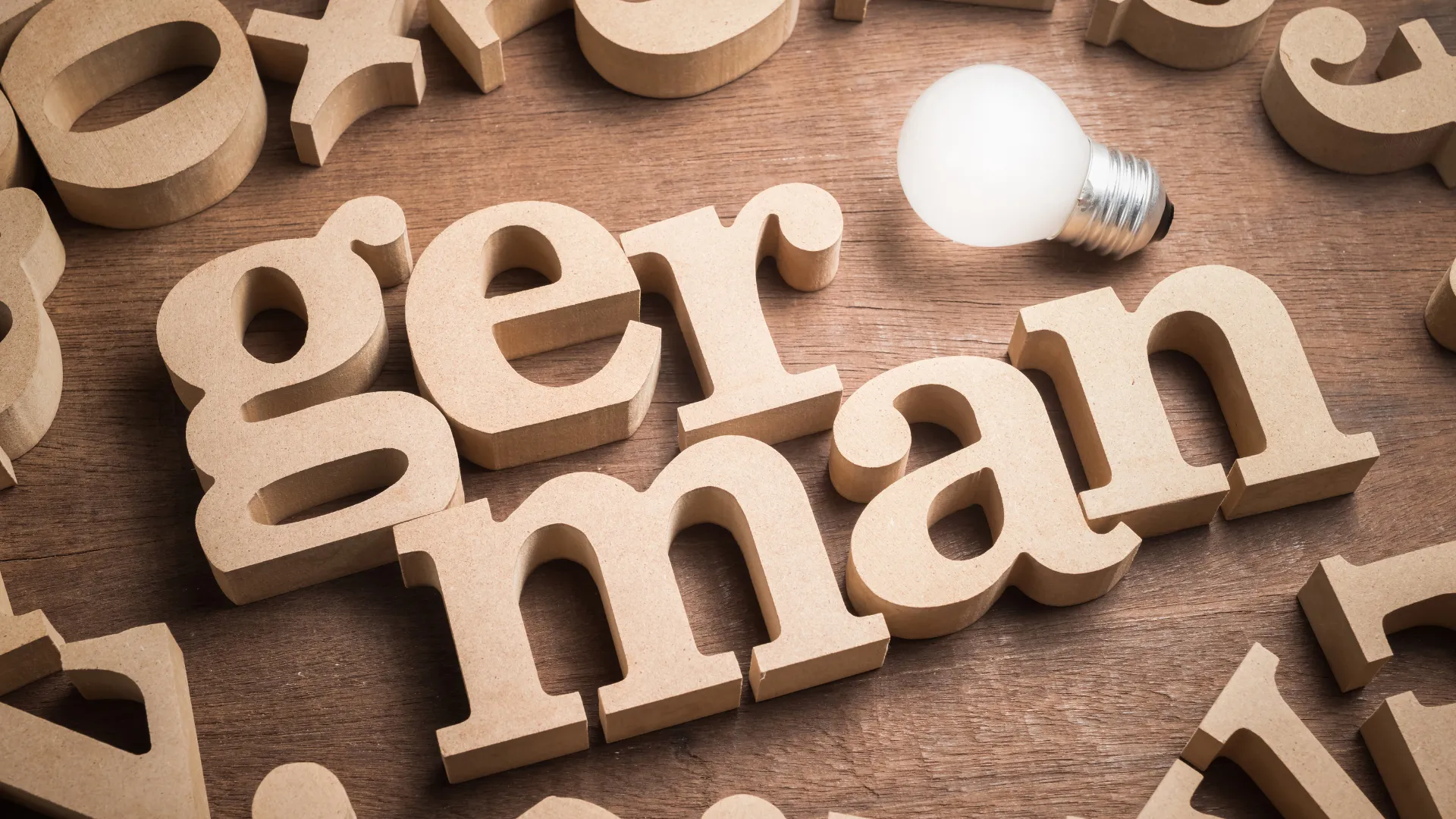Translating documents from Spanish into German requires much more than just language skills. It demands cultural sensitivity, technical precision, and a deep understanding of both languages. Poor translations can lead to misunderstandings, legal consequences, or a damaged professional reputation.
In this article, we highlight the most common mistakes when translating Spanish to German — and how to avoid them for flawless communication.
1. Literal translation: word-for-word approach
A frequent mistake is translating each Spanish word directly into German without considering sentence structure, style, or meaning.
Literal translations often sound unnatural and can even change the intended meaning of the original message.
Example:
- Spanish: «Me suena tu cara.»
- Incorrect literal translation: «Dein Gesicht klingt mir.»
- Correct translation: «Dein Gesicht kommt mir bekannt vor.»
2. Ignoring cultural and contextual differences
Translation is not only about words — it’s also about meaning within a specific cultural context.
Idioms, expressions, and references that are natural in Spanish might sound strange or confusing in German if translated directly.
Example:
- Spanish: «Estar entre la espada y la pared.»
- Appropriate German equivalent: «Zwischen Baum und Borke stehen.»
3. Misinterpreting technical or legal terms
Technical, medical, and legal documents require absolute precision.
Incorrect translation of specific terminology can alter the entire meaning of a contract, report, or certificate.
Example:
- Spanish: «Acta notarial» should not be loosely translated without understanding the precise German legal equivalent, such as «notarielle Urkunde».
4. Not adapting tone and style to the target audience
In German, the distinction between formal (Sie) and informal (du) language is crucial.
Failing to adapt the tone and level of formality to the audience can result in inappropriate or even disrespectful communication.
Example:
- For business communication ➔ always use the formal Sie.
5. Relying solely on automatic translation tools
While tools like Google Translate and DeepL can provide basic understanding, they are not reliable for professional or official documents.
They often fail to recognize nuances, cultural contexts, and correct professional terminology, leading to critical errors.
How to avoid these translation mistakes
The safest way to ensure accurate and culturally appropriate translations is to work with a qualified professional translator.
At Tradikta, we specialize in precise, culturally sensitive Spanish–German translations that maintain the intended meaning and tone of your documents.
Request your custom quote here.
Conclusion
Translation is much more than replacing words between languages.
A high-quality translation captures the spirit, tone, and cultural nuances of the original text.
To communicate effectively and professionally in German or Spanish, trust expert translators who understand the subtle complexities of both languages.
Tradikta is here to help you overcome language barriers with confidence.
Frequently Asked Questions about Spanish–German Translation
What are the most common mistakes when translating from Spanish to German?
Typical mistakes include literal translations, cultural misunderstandings, misinterpretation of technical terms, inappropriate tone, and overreliance on automatic translation tools.
Are automatic translators reliable for official documents?
No. They can introduce critical errors that compromise the accuracy and legal validity of important documents.
How can I ensure a high-quality Spanish–German translation?
By working with professional translators who have both linguistic expertise and cultural knowledge.
Does Tradikta offer proofreading services?
Yes. We also provide professional review and editing services to guarantee the highest quality standards.










